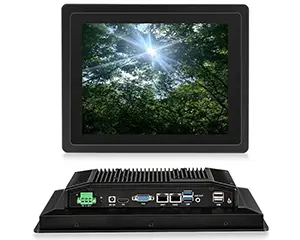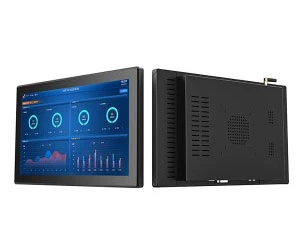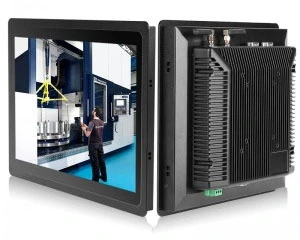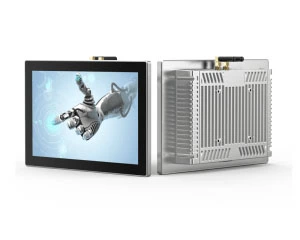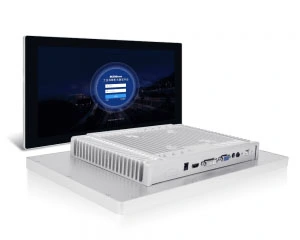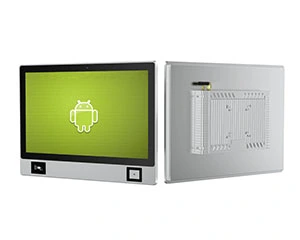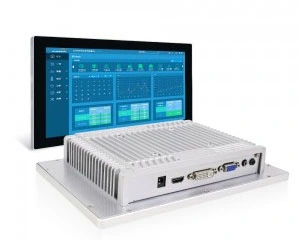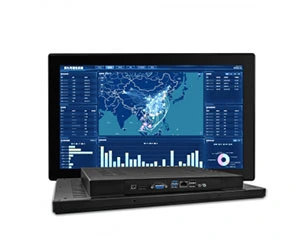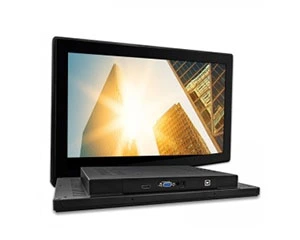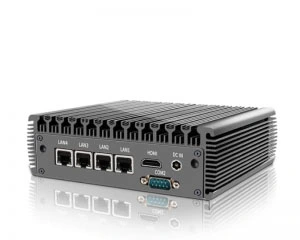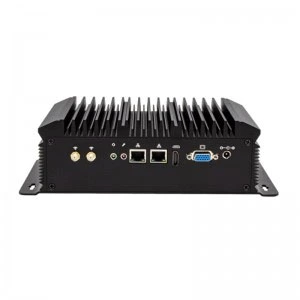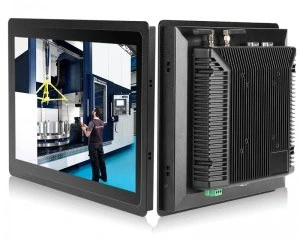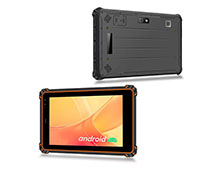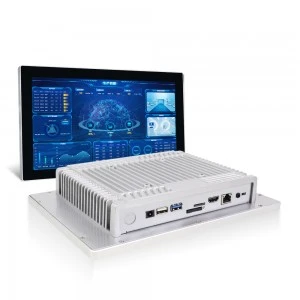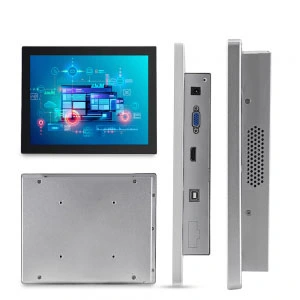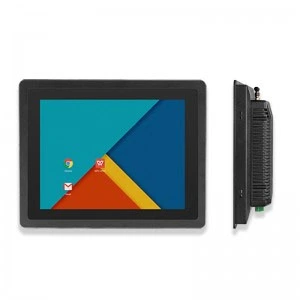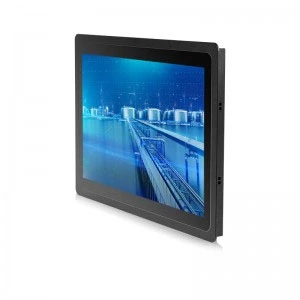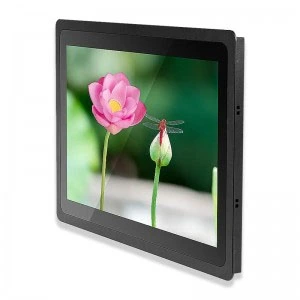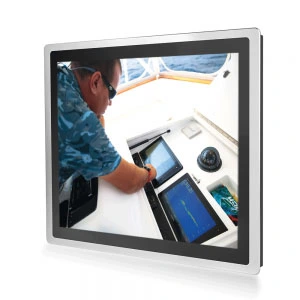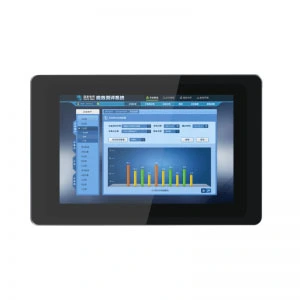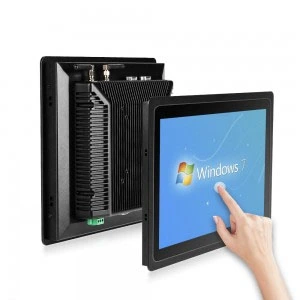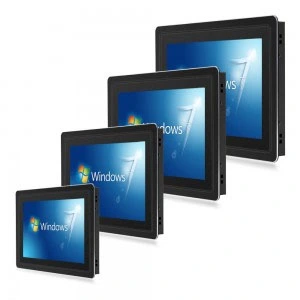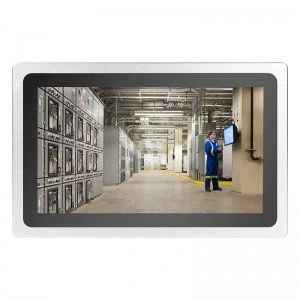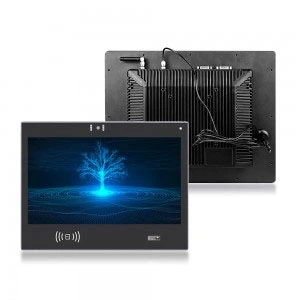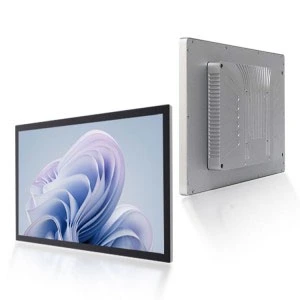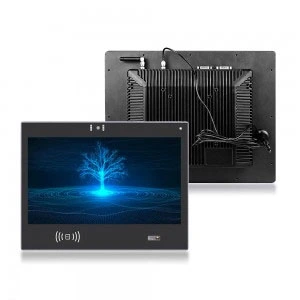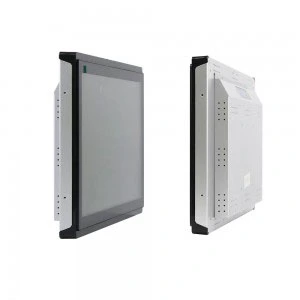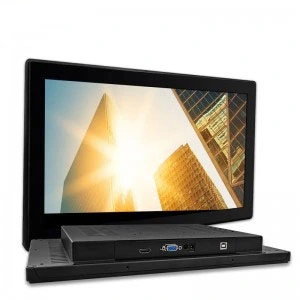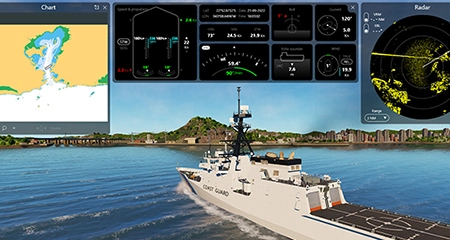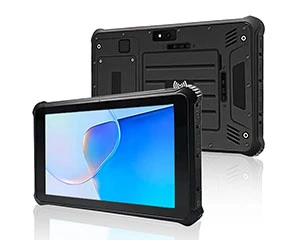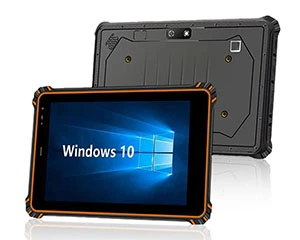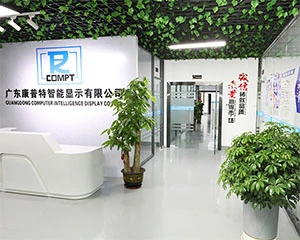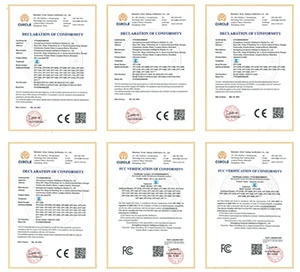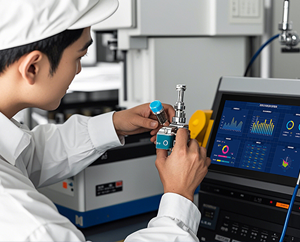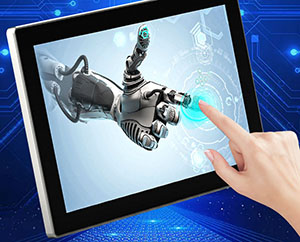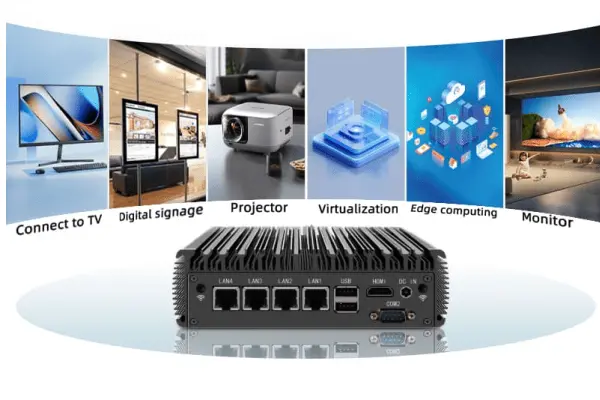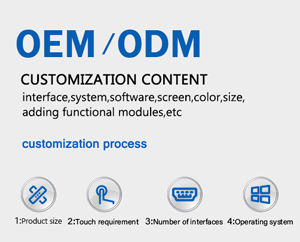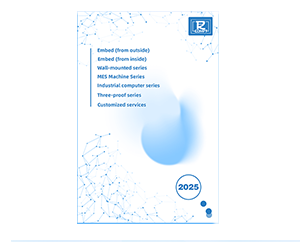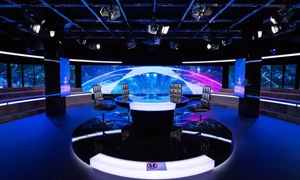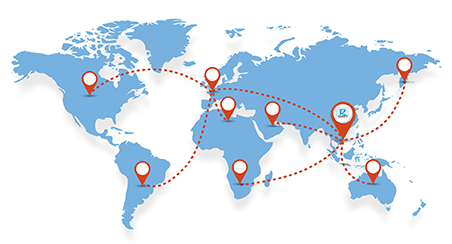At Gdcompt, we also understand that choosing an industrial panel computer is half the work. How to set it up is as important. Installation method determines not only the computer’s position, but also influences work efficiency, safety, and long-term durability.
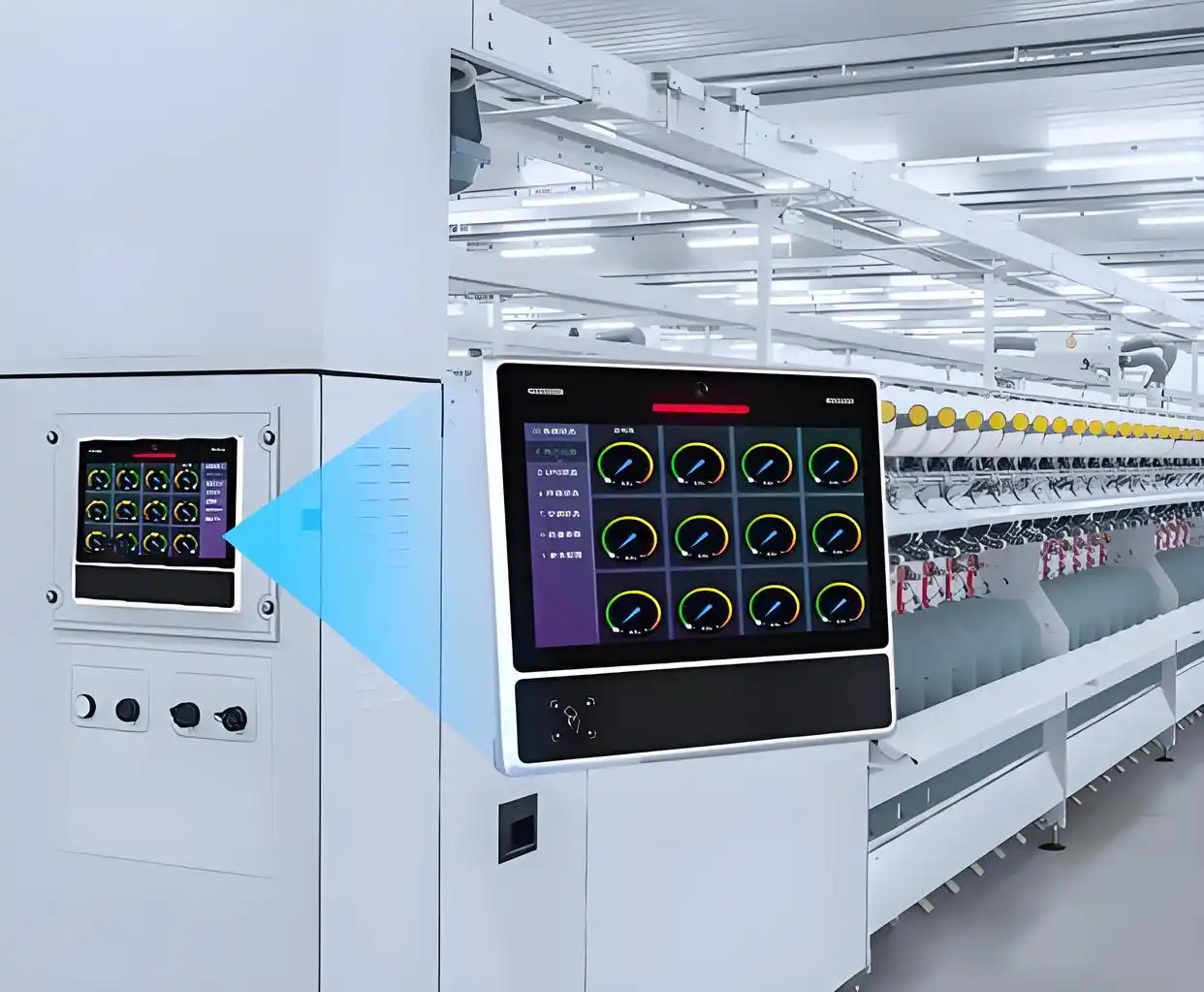
If we think about installation differently, we can understand how the method chosen can alter the relationship among people, machines, and the environment. Below, we look at some methods of installation for industrial panel computers, look at the pros and cons while giving some tips for choosing the best industrial panel PC for factories and tips for installing an industrial all-in-one computer.
1. Wall-Mounted Installation – Using Walls as Workstations

A wall-mounted installation allows you to optimize previously unused areas by turning them into efficient control hubs. A wall-mounted all-in-one computer or wall-mounted touchscreen computer lets users engage over the computer while keeping the floor free of clutter for machines.
Advantages
-
Floor space is recovered.
-
Several touch points can be designed.
-
All-in-one PC wall mount brackets make it work.
Disadvantages
-
A solid wall has to be arranged.
-
If the wall is out of position the installation is not easily moved.
-
our command center can be rugged too!
-
There are waterproof computer cabinets, custom PCs, and all-in-one PCs that are IP65 rated!
Even mounted setups will stand up to dust, water, and heavy vibrations.
2. Desktop Stand – Flexibility Over Permanence

While it might seem that simply installing a stand isn’t a huge deal, it does provide a lot in terms of adaptability. For tasks such as data entry or testing, a stand makes a PC with a touchscreen or a Windows 10 touchscreen monitor much more flexible in terms of workflow.
Advantages:
-
Quickly set up and removed.
-
Familiar for most users.
-
Works well with staple computer screens and touchscreen systems.
Disadvantages:
-
Takes up surface area.
-
More susceptible to spills or shocks.
The novel angle here: sometimes the most “ordinary” setup is the smartest choice for factories that change layouts frequently.
3. PANEL MOUNT – Technology That Disappears into Machines

The PANEL MOUNT method is about integrating the computer into the control panel itself. A panel mount touchscreen PC or panel mount touchscreen monitor will make it look like part of the machinery and not just an add-on.
Advantages:
-
Seamless integration.
-
Secure, tamper resistant design.
-
Professional finish using a panel mount screen.
Disadvantages:
-
Requires precision cutting.
-
Less flexible if upgrades are needed.
Different Point of View: panel mount designs contain invisible technology—quietly essential and out of the way.
4. The Universal Standard: VESA Installations

A VESA mountable PC connects to standard brackets, arms, and wall mounts. This versatility makes it one of the most flexible options available.
Advantages:
-
Very adaptable.
-
Works well with touch screen LCD screens and 15-inch HDMI screens.
-
Simple adjustments to improve ergonomics.
Disadvantages:
-
Requires strong brackets to ensure stability.
-
Not great for environments with heavy vibrations.
From a novel perspective: VESA isn’t just a standard, it is a tool for future-proofing. Factories can change their layouts without changing their hardware.
5. Bracket/Arm Type Installations: Ergonomics in Motion
A bracket/arm type installation lets users pull the screen closer, tilt it, or swing it aside, and is perfect for busy workstations where operators need flexibility.
Advantages:
-
Positioning can be customized.
-
Great for touch computer screens and computer cases with touch screens.
-
Worker ergonomics are improved.
Disadvantages:
-
Arms can become loose over time.
-
More complicated to install than static mounts.
Novel Perspective: This method puts people first. The screen adapts to the worker.
6. Portable Systems – Mobility as a Strategy
Portable systems use rugged touch PCs or embedded touch screens that can be shifted between locations.
Advantages:
-
Extreme mobility.
-
Optimal for use during maintenance work.
Disadvantages:
-
Wear and tear is quicker.
-
Less secure than fixed setups.
Novel viewpoint: in this setup, workers themselves become the “mounting system”—each carrying a node of computing power across the factory.
7. Vehicle Mounted Systems – Mobile Telemetry
For forklifts, trucks, or service vehicles, vehicle mounted systems bring real-time data to operators in transit.
Advantages:
-
Assists with logistics and navigation.
-
Can link with HDMI display monitors.
Disadvantages:
-
Must endure vibrations and temperature shifts.
-
Specialized mounting hardware is needed.
Novel viewpoint: it’s not just a computer mount; it’s a cockpit tool that unites mobility, communication, and control.
8. Integrated Systems – The Silent Partner
With embedded touch screens, integrated systems become part of the machinery. The systems computer is part of the equipment itself.
Advantages:
-
Little visual clutter.
-
Streamlined and enhanced modern aesthetic.
Disadvantages:
-
More difficult to replace or upgrade.
-
Technical installation is needed.
Novel viewpoint: integrated systems are the ultimate “silent partners”— working behind the scenes, invisible, and yet still entirely critical.
How to Choose an Industrial Panel PC for Factories
How you choose depends on the environment and the workflow.
-
In extreme cases, use an all-in-one PC, IP65, or waterproof PC inside a waterproof computer cabinet.
-
In small areas, you can go with a wall-mounted all-in-one computer or a panel-mounted touchscreen PC.
-
For flexible tasks, a portable installation, or a bracket/arm setup is the most suitable.
-
For mobility, you can use a fixed installation for the vehicle.
As a different perspective, I think the real choice is not just about the mount but the people and processes it serves.
How to Install an Industrial All-in-One PC
-
First pick the method: wall-mounted all-in-one PC, VESA mountable PC, or embedded systems.
-
After, prepare the surface: the walls, desks, or cabinets should be able to bear the supported load.
-
Then connect: Use stable links like HDMI display screens or industrial-grade inputs.
-
Secure with any screws, brackets, or enclosures.
-
Finally, ensure all touchscreen computers interface and you test for the accuracy and durability.
As a different perspective, I think installation is not just about the mounted hardware, but the improved safety and efficiency of the work environment.
Conclusion
Gdcompt’s industrial panel PC packets are designed to suit many environments. Installation method determines real life performance. There are different uses for an all in one PC. Wall mount touch screen computers, panel mounted screens, and all in one PCs make you think differently about human machine interaction, and how to optimize your environment.
Viewing installation differently allows factories to see more than just bolts and brackets. The ideal decision will transform the hardware into an integrated partner for achieving efficiency, safety, and productivity.

Penny
Web Content Writer
4 years of experience
This article is edited by Penny, the website content writer of COMPT, who has 4 years working experience in the industrial PCs industry and often discusses with colleagues in R&D, marketing and production departments about the professional knowledge and application of industrial controllers, and has a deep understanding of the industry and products.
Please feel free to contact me to discuss more about industrial controllers. sales@gdcompt.com

